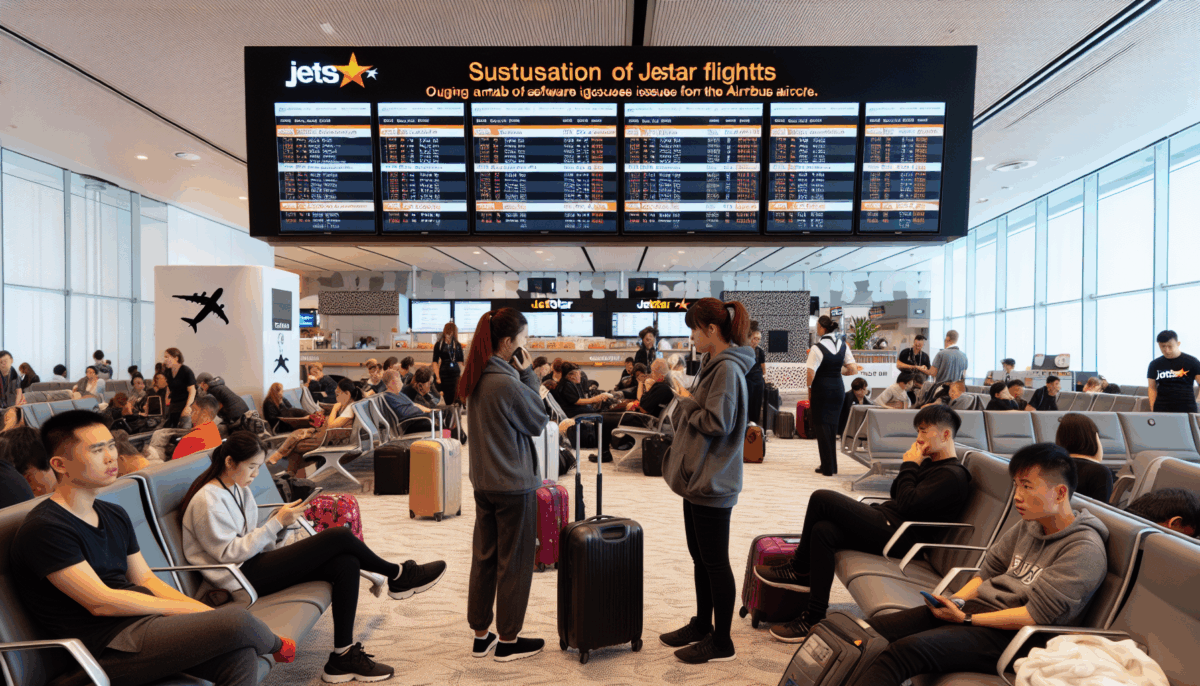QBE’s Journey of Transformation

Sushma Segal, Chief Transformation Officer at QBE Insurance.
Quick Overview
- The QBE Insurance Group is experiencing a major transformation fueled by technological investments.
- QBE’s approach to transformation hinges on leadership and a startup culture.
- Transformations at QBE are agile and business-led, aimed at empowering teams.
- Investments encompass rebuilding essential platforms, Gen AI, and geospatial analytics.
- QBE seeks to tackle underinsurance and enhance customer experiences.
- The leadership focus is shifting from deliverable management to team empowerment for innovation.
Leadership Empowerment for Business Change
During the GuideWire Connections conference, Sushma Segal, Chief Transformation Officer of QBE Insurance, showcased the company’s transformative journey. Segal stressed the importance for businesses to adapt alongside technology, highlighting the critical role leaders play in ongoing transformations. It is vital for leadership to transition from deliverable management to team empowerment for achieving success.
Encouraging Innovation and Empowerment
QBE is actively fostering an environment that encourages innovation by empowering teams that are close to the customers. The organization has launched an internal leadership program, ‘Leading Change Through Uncertainty’, to prepare leaders for this change. By harnessing insights from frontline teams, QBE prioritizes business simplicity, risk management expertise, and adaptability in its products and pricing.
Strategic Investments in Technology
To facilitate its transformation agenda, QBE is investing in the reconstruction of core insurance platforms and enhancement of data foundations. These investments are intended to accelerate product entry to the market and refine pricing strategies. Furthermore, QBE is allocating resources to Generative AI to assist claims teams by identifying stress in customer interactions, ensuring prompt and efficient responses.
Confronting Industry Challenges
QBE is addressing underinsurance through investments in geospatial analytics for more precise property risk assessments. Collaborations with startups enable QBE to tackle the most significant challenges in the industry while bringing innovative solutions to light.
Utilizing a Startup Mindset
Segal emphasizes the significance of implementing a startup mentality within larger organizations. By adopting startup principles such as speed, innovation, and agility, QBE can better assist customers while retaining the necessary scale for resilience and depth.
Conclusion
QBE Insurance Group is progressing on a transformative journey driven by technological enhancements and a shift in leadership perspective. By cultivating a startup culture, empowering teams, and making strategic investments in technology, QBE seeks to improve customer interactions and effectively address industry challenges.
Q: What is the main focus of QBE’s transformation strategy?
A: QBE’s transformation strategy prioritizes empowering teams, fostering innovation, and making strategic technology investments to enhance customer experiences and tackle industry challenges.
Q: How is leadership changing at QBE?
A: Leadership at QBE is evolving from deliverable management to team empowerment, creating an environment conducive to innovation and guidance during uncertainty.
Q: What tech investments is QBE pursuing?
A: QBE is focusing on rebuilding core insurance platforms, enhancing data infrastructure, utilizing Generative AI for claims support, and implementing geospatial analytics for property risk assessment.
Q: How is QBE addressing the issue of underinsurance?
A: QBE is leveraging geospatial analytics for better property risk evaluations and partnering with startups to address the industry’s most pressing challenges.
Q: What role do frontline teams have in QBE’s transformation?
A: Frontline teams deliver essential insights into customer needs and evolving risks, influencing QBE’s priorities regarding business efficiency, risk expertise, and product flexibility.
Q: Why is a startup culture significant for QBE’s transformation?
A: A startup culture injects speed, innovation, and agility, which are vital for effectively serving customers and maintaining necessary resilience and depth at scale.












